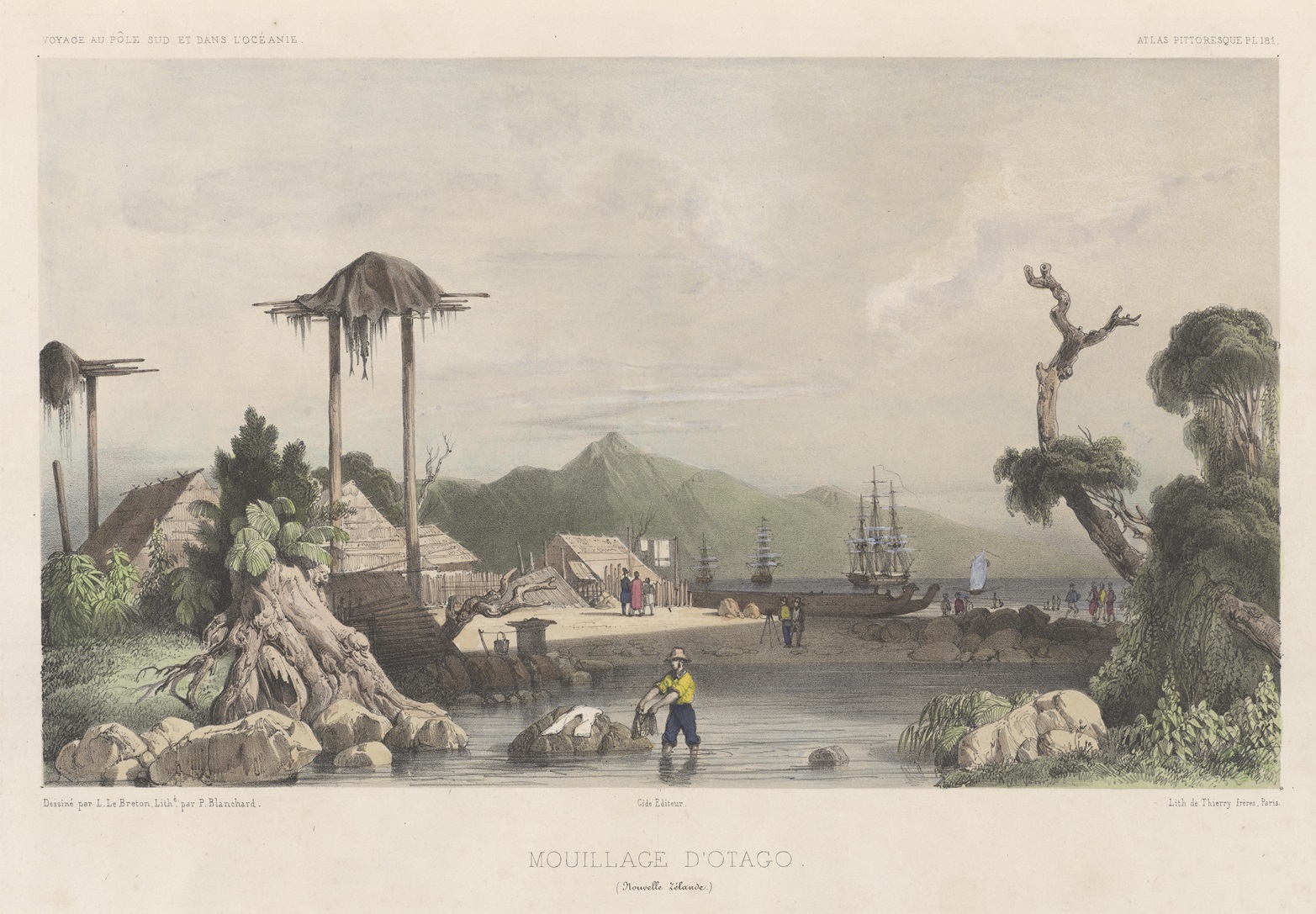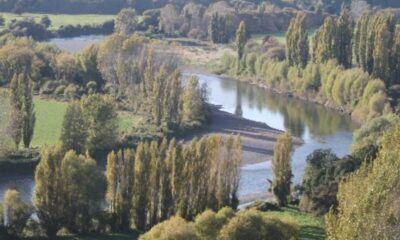Lifestyle
How Early Whaling Shaped Māori and European Relations in NZ

The early nineteenth-century whaling industry in southern New Zealand was marked by significant cooperation between local Māori, particularly the iwi Ngāi Tahu, and European settlers. This partnership was essential for the survival of whaling stations that emerged along the coast. The first station was established at Preservation Inlet in 1829, followed by other locations including Otago and Banks Peninsula. Agreements between Ngāi Tahu and European whalers facilitated the purchase of whaling rights, underscoring the importance of mutual respect and negotiation in these early interactions.
The Weller brothers notably paid £100 for exclusive rights to catch whales between the Clutha River and Waikouaiti. This financial arrangement provided Ngāi Tahu with necessary income, while also granting them access to firearms through trade with the whalers. By the late 1820s, the iwi faced ongoing conflicts with Ngāti Toa and their allies, making muskets vital for their survival. The weapons acquired through these agreements played a pivotal role in Ngāi Tahu’s ability to defend their territory.
Decline of Shore-Based Whaling and Cultural Interactions
By the mid-1840s, the shore-based whaling industry began to decline, leading many former whalers and their families to pivot towards fishing, farming, or boatbuilding. The children born from the unions between Māori and European settlers became cultural bridges, learning to navigate their dual heritages. Edward Shortland, during his travels between Akaroa and Bluff from 1843 to 1844, noted there were “little more than three hundred” such children in the region. Although he dismissed this figure as “very trifling,” it likely represented a significant portion of Māori children at that time, who overwhelmingly identified as Ngāi Tahu.
The dynamics of these relationships were complex, as not all men involved in these unions were European. Some were Indigenous Australians, such as Tommy Chaseland from the Hawkesbury region, who married Puna, a prominent Ngāi Tahu woman. Their union, though childless, later resulted in Chaseland marrying another Ngāi Tahu woman, Pakawhatu, with whom he had four children. Today, many descendants trace their lineage back to these early unions.
Lessons from the Past and Cultural Significance
While some missionaries expressed concerns that interactions with whalers and sealers corrupted the Māori people, others claimed these encounters had a “civilising” influence. The relationship between the two groups was not merely one of domination; the phrase “patron and protege” suggests a more nuanced exchange of ideas and customs.
Following the signing of the Treaty of Waitangi in 1840, early European migrants in southern New Zealand depended heavily on Ngāi Tahu for sustenance, shelter, and various services. This mutually beneficial relationship persisted for some time but ultimately deteriorated due to mass land purchases and broken Crown promises by the 1860s.
The interactions between Māori and European settlers during this period are explored in the recently published book, The Meeting Place: Māori and Pākehā Encounters, 1642–1840, by Bridget Williams Books. The historical account sheds light on the complexities of these early relationships and their lasting impact on New Zealand’s cultural identity.
-

 World3 months ago
World3 months agoTest Your Knowledge: Take the Herald’s Afternoon Quiz Today
-

 Sports3 months ago
Sports3 months agoPM Faces Backlash from Fans During Netball Trophy Ceremony
-

 Lifestyle3 months ago
Lifestyle3 months agoDunedin Designers Win Top Award at Hokonui Fashion Event
-

 Sports3 months ago
Sports3 months agoLiam Lawson Launches New Era for Racing Bulls with Strong Start
-

 Lifestyle3 months ago
Lifestyle3 months agoDisney Fan Reveals Dress Code Tips for Park Visitors
-

 World3 months ago
World3 months agoCoalition Forms to Preserve Māori Wards in Hawke’s Bay
-

 Health3 months ago
Health3 months agoWalking Faster Offers Major Health Benefits for Older Adults
-

 Politics3 months ago
Politics3 months agoScots Rally with Humor and Music to Protest Trump’s Visit
-

 Top Stories3 months ago
Top Stories3 months agoUK and India Finalize Trade Deal to Boost Economic Ties
-

 World3 months ago
World3 months agoHuntly Begins Water Pipe Flushing to Resolve Brown Water Issue
-

 Entertainment3 months ago
Entertainment3 months agoExperience the Excitement of ‘Chief of War’ in Oʻahu
-

 Science3 months ago
Science3 months agoNew Interactive Map Reveals Wairarapa Valley’s Geological Secrets









